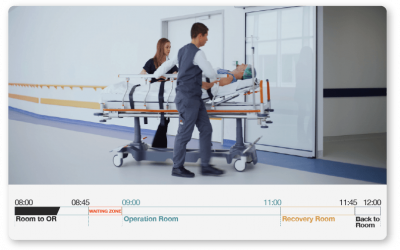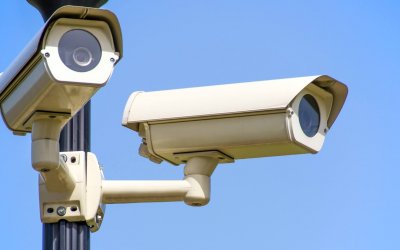Keeping your medical assets safe with the Asset Safety solution
Keeping your medical assets safe with the Asset Safety solution
Asset Safety
When we say medical assets, we refer to all non-disposable material used inside a hospital. Blankets, patient- and personnel clothes, pillowcases, wheelchairs, defibrillators and much more. Medical assets are naturally crucial for a hospital, and we’ve outlined the dangers of losing them.
Losing an asset wastes time, and resources and could even be dangerous for patient care. There are several reasons assets can go missing, it can be due to accidental misplacements or borrowing between departments. Or it could be the result of personnel hoarding their favourite assets, patients taking textiles home or even theft.
This is a problem for healthcare and we at BordaTex want to provide a solution for ensuring assets aren’t compromised.
Never lose another medical asset with the Asset Safety solution
Asset Safety is an add-on to the Asset Inventory Management solution. It relies on the RFID-tagging of assets and uses locators and checkpoints to determine the whereabouts of assets. The locators and checkpoints are installed in the ceiling in certain areas of the hospital. These locators and checkpoints can read labels, tags and RFID-chips when they pass by and send alarms and notifications to appropriate personnel.
Keep your medical assets inside safe zones
The hospital decides upon certain zones that are deemed “safe zones” which are marked with checkpoints. Different assets could have different “safe zones”. A particular asset could for example be tied to a specific department or there could be a fixed amount of assets that should be located on each floor. If an asset leaves the “safe zone”, an alarm is sent out to appropriate personnel.
Another checkpoint is placed by the hospital’s entrances and nearby areas to mark “exit zones” which can detect when an asset is about to leave the hospital premises. If an asset goes through the “exit zone”, the alarm is sent directly to security personnel with real-time location information. The system can also be integrated with a CCTV system to catch any attempts of theft on camera. Furthermore, if security personnel have to act on an attempt to move or steal an asset outside the hospital, they can easily use a hand scanner on the suspected person to check if they are carrying an asset with them.
Customize the alarm to trigger when you want to
The system can be tailored to any specific need the hospital has. If a patient is being escorted from the hospital in a wheelchair for example, the alarm shouldn’t be triggered the moment the wheelchair leaves the hospital. The alarm can be set to go off if the wheelchair isn’t back within the hospital in five minutes. Likewise, if patients need to take certain assets home, such as heart monitors, the alarm can be set so it won’t go off.
Which medical assets are best suited for the Asset Safety solution?
Any asset that is mobile could benefit from being tagged and tracked. Think of an MRI-machine for instance. It’s incredibly expensive and important for a hospital, but because of its size – it’s not easily moved. Therefore, an RFID-tag would be redundant. Mobile medical assets, on the other hand, can be tagged and labelled in three different ways. Here, we list the different types of tags and on which assets they are most appropriate to be used:
- Labels for inexpensive assets. These labels are mostly paper-based and are scanned using a QR-code. The labels are therefore very cost-effective and easy to attach. However, they aren’t as precise as the rest of the tagging systems. These labels are appropriate for assets that are fairly inexpensive and most likely to be moved inside the hospital. Examples could include wheelchairs, beds or IV poles.
- Chips for textiles. These RFID-chips are used to tag textiles. The RFID-chips are placed inside the lining of clothes, blankets or sheets and can withstand both extreme temperatures and water. Click here to learn more about different types of RFID-chips.
- Tags for biomedical devices. These tags are attached to mobile medical assets which have a higher security risk. The tags cost more than the label types above but are much more easily detected and they should be used on the most vital assets. More expensive assets such as defibrillators, blood pressure monitors, aspirators or other biomedical devices are most important to protect.
Our aim is to make the work procedures and work environments safer and more efficient for the entire medical field. Allowing assets to be used for what they were intended saves hospitals an enormous amount of money. Keeping medical assets safe, tracked and available makes the day-to-day activities of staff easier and the care patients receive, better.
Do you have any questions about how to keep your medical assets safe? Please contact us here. We’re here to help.
Coverphoto by Noelle Otto from Pexels



